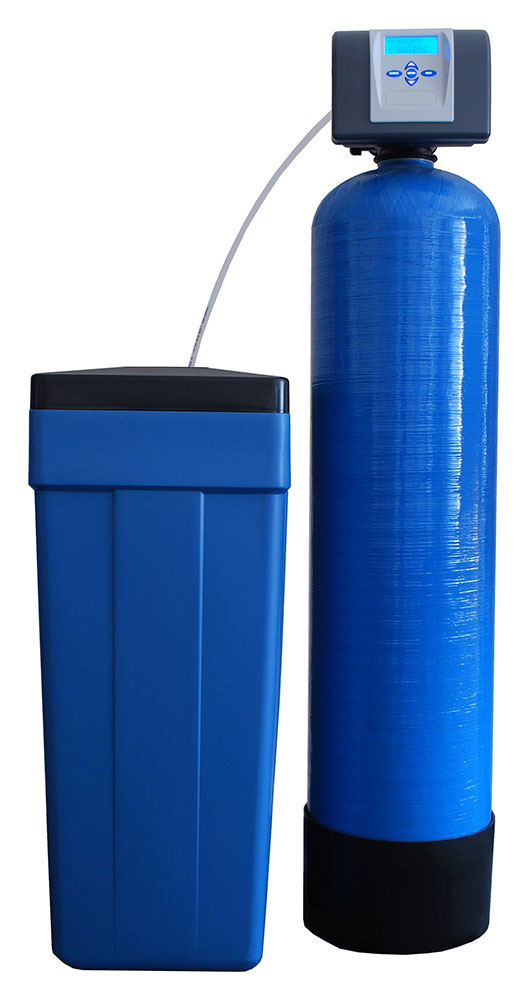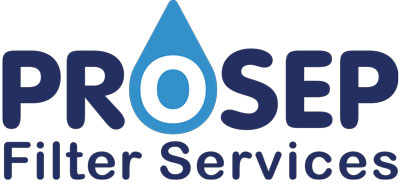
Nitrate Removal for Boreholes & Springs
The Drinking Water Regulations state that Nitrate levels should be kept below 50mgNO3/l.
High concentrations of nitrate in drinking water sources can pose health risks, especially to infants and pregnant women. It can cause methemoglobinemia in very young children (blue baby syndrome) due to low oxygen levels in the blood.
Once a water test has been completed and the results show that the levels of Nitrate are over-regulation, there are two common ways we, here at Prosep Filter Services, remove Nitrate from borehole and spring water:-
- Ion Exchange
- Reverse Osmosis
To ensure that the nitrate level in your water is within the drinking water regulation limits, our standard practice is to re-test the water after installation to give you peace of mind that your water is safe to drink for you and your family.
Typically, we see elevated levels of nitrate in borehole water. The most common method is ion exchange resin. Point-of-use filters provide clean water for a single tap, while point-of-entry systems treat water for the entire house or factory.
Why Remove Nitrate?
Many water sources have high nitrate levels. Over 60% of nitrates enter borehole water from agricultural land. Elevated nitrate concentrations can be dangerous, especially for very young children, leading to methemoglobinemia (blue baby syndrome), which can be fatal in extreme cases.
In the body, nitrate converts to nitrite, interfering with blood oxygen uptake. The current regulatory standard of 50 mg/l for nitrates aligns with the European Union’s Drinking Water Directive, designed to prevent methemoglobinemia.
How Do I Remove Nitrate?
The most effective way to reduce nitrate levels is through ion exchange resin. Nitrate-rich water passes over the resin, exchanging nitrate for chloride ions. Once the resin can no longer exchange nitrates the system will automatically regenerate the media using a brine solution.
Reverse osmosis (RO) also effectively removes nitrates. In this process, water passes through very small pores under high pressure, allowing only water molecules to pass while blocking most contaminants. RO systems typically produce lower flow rates, so a tank and booster pump are usually required.
